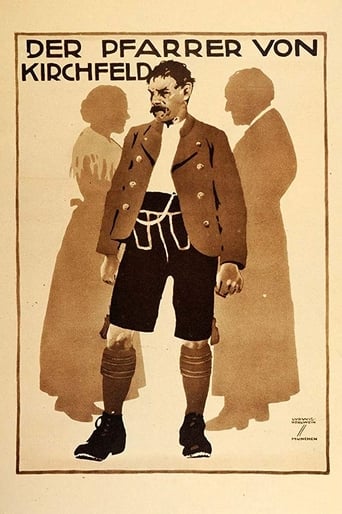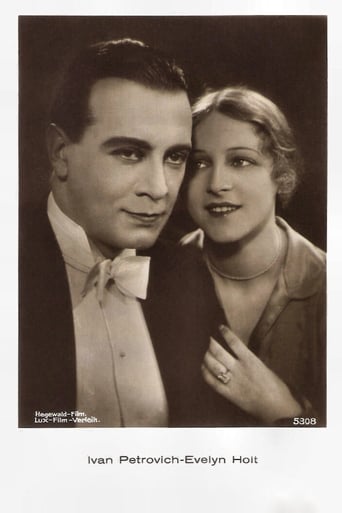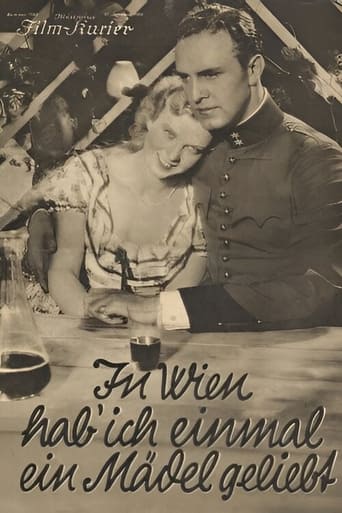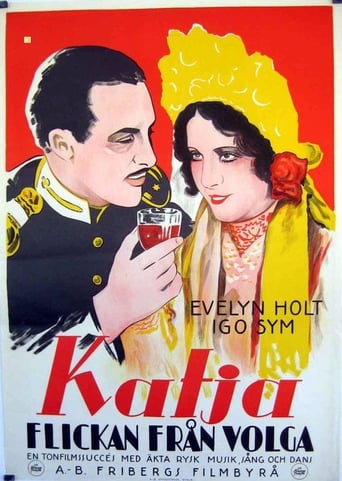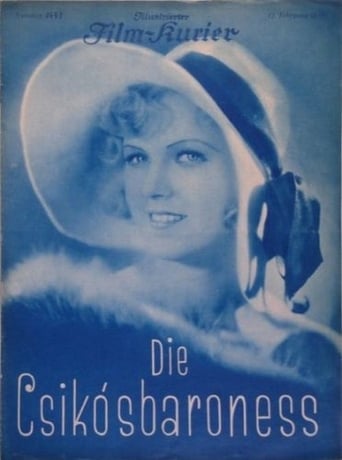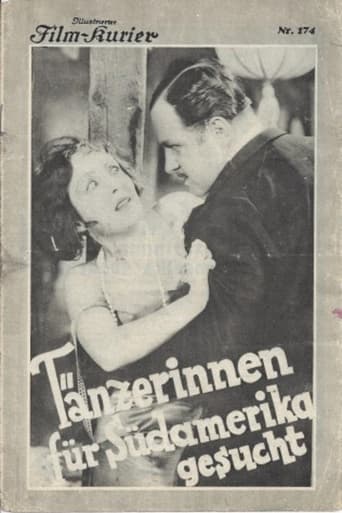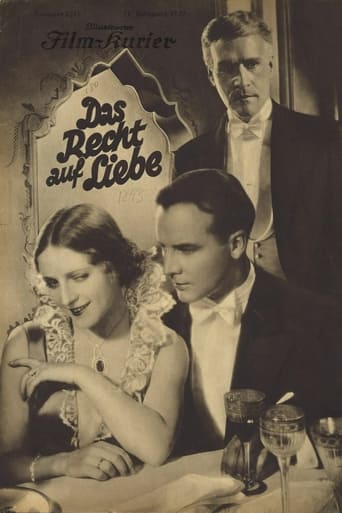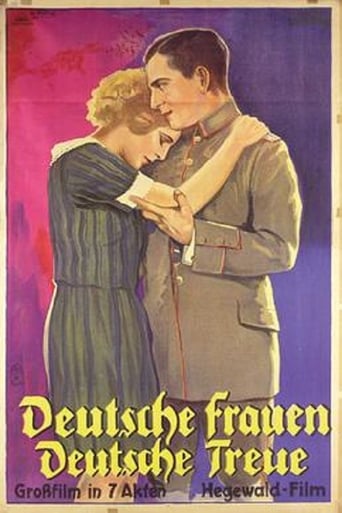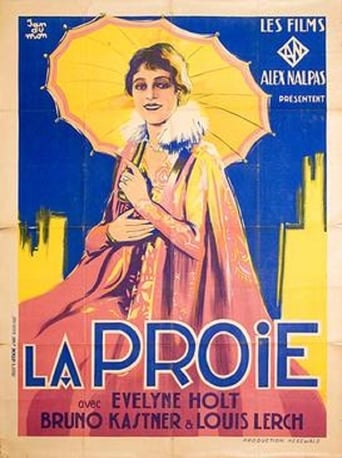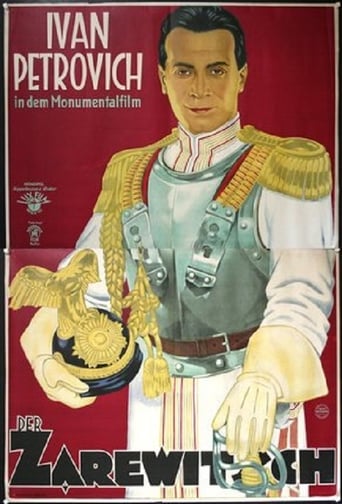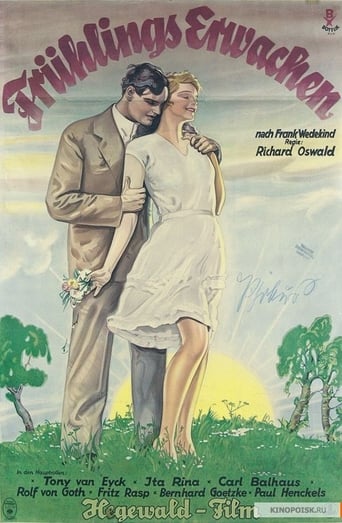Hegewald Film
Frauenarzt Dr. Schäfer 1928
The respected gynecologist Prof. Hausen is averse to performing abortions. In contrast, his up-and-coming colleague Dr. Schäfer sees abortion as a means of helping women in need and openly advocates an amendment of the law. The professor’s convictions are shaken when misfortune befalls his own family. Louise Fleck presents her drama about the untimeliness of restrictive abortion legislation against the backdrop of modern urban reality. Seriousness, however, is preserved, because topics such as unwanted pregnancy, sexual violence, and the consequences of improperly performed abortions are not only addressed through minor characters, but also placed at the center of the cinematic narrative. (Anna Dobringer)
Ehegeheimnisse 1927
Once I Loved a Girl in Vienna 1931
A musical about love that spans the period before and after the Great War in the Austro-Hungarian empire.
The Volga Girl 1930
A love story between a simple peasant girl (Holt) and a dashing young officer (Sym), who however doesn't see more in her than a temporary affair.
The Csikos Baroness 1930
The Prince's Child 1927
Based on the operetta of the same name.
Girls for Sale 1931
About trafficking. A nightclub in Buenos Aires is advertising for blonde women for glamorous jobs.
The Stranger 1931
The Right to Love 1930
With a script co-written by Weimar-era sexologist Magnus Hirschfeld, this enlightened drama deals with WWI soldiers who have become impotent due to wounds but still want to marry.
Fair Game 1928
Viennese hearts 1930
Liebelei 1927
Film by Jacob and Luise Fleck.
The Tsarevich 1929
Based on the play and subsequent operetta of the same name.
Fratricide 1922
Spring Awakening 1929
Moritz Stiefel faces expulsion due to poor marks. When he is caught with an essay titled “Shame and Lust”, he is indeed kicked out – instead of classmate Melchior Gabor, who actually penned it. Gabor was drawing on his experiences with neighbourhood girl Wendla. Then Wendla turns up pregnant. Stiefel descends into despair ... Exploitation between Eros and Thanatos in this “sexual tragedy of youth” based on Frank Wedekind’s play. Setting the film in the 1920s provided a chance to explore “modern” youth culture, complete with cigarettes, jazz music, the gramophone, and a goodly bit of alcohol. Richard Oswald, a master of films of manners and young sex beginning in the 1910s, fully explores the temptations of the youthful body, even early childhood flirtatiousness. At the same time, with his target audience in mind, the film laments the bigotry and double standards of the adult world.
